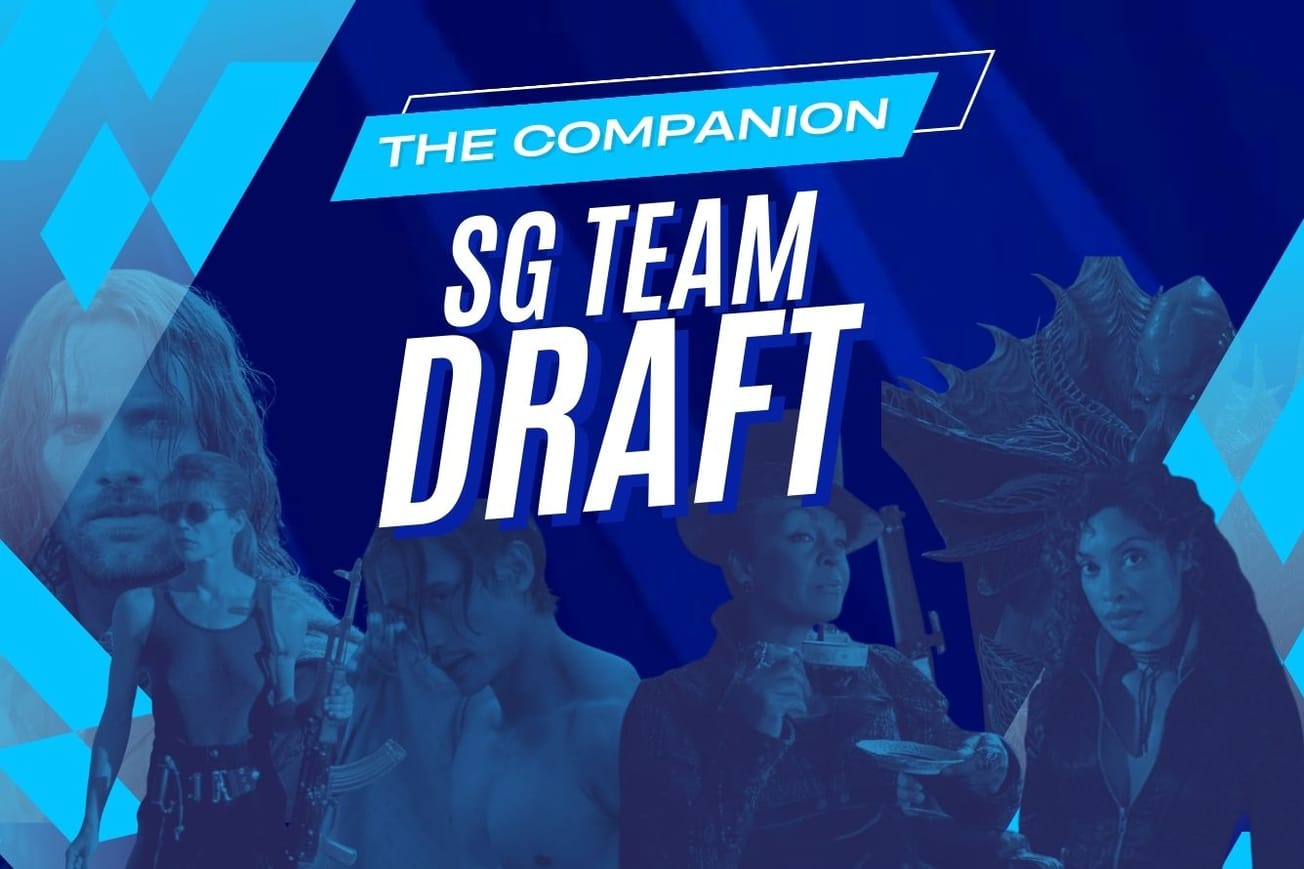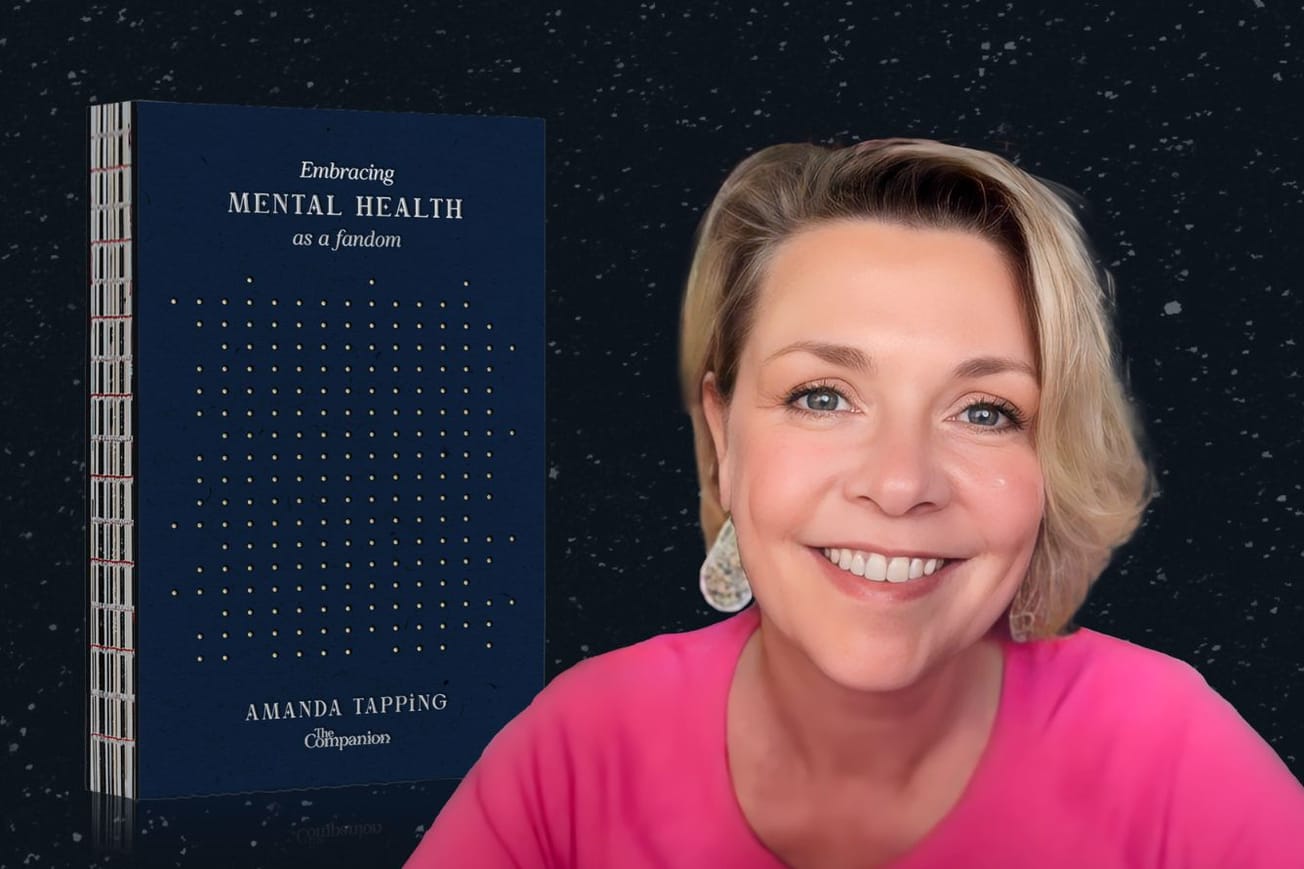One of the greatest gifts of science fiction is that it continually pushes the boundaries of our imagination, whether that's through space, time, or reality itself. Sometimes, however, those boundaries hit a little closer to home.
In my opinion, Stargate Universe was such a strong TV show precisely because it provided a balance between encountering new cosmic phenomena and alien races, while also exploring the inner journey of each of the characters.
Although many deride the show for being “darker” and “edgier” than its predecessors, it was in this way that Stargate Universe was more relatable in some ways. These characters reacted to their situation much the same way you or I would. This allowed the show to explore a variety of issues like addiction, infidelity, depression, anxiety, despair, loneliness, and conflict. And boy, was there conflict on that show.
At the same time, Stargate Universe broke another barrier: featuring the first in-canon same-sex couple. Yet while the relationship between Camile Wray (Ming-Na Wen) and Sharon Walker (Reiko Aylesworth) was groundbreaking, their sexuality wasn’t an “issue” to be tackled. And that’s why it worked as a relationship.
Put another way: Although Camile and Sharon were an explicitly queer couple, their queerness wasn’t a source of tension or drama in the relationship. Instead, the tension came from the external drama (like being separated by billions of light-years and having to communicate through another person’s body).
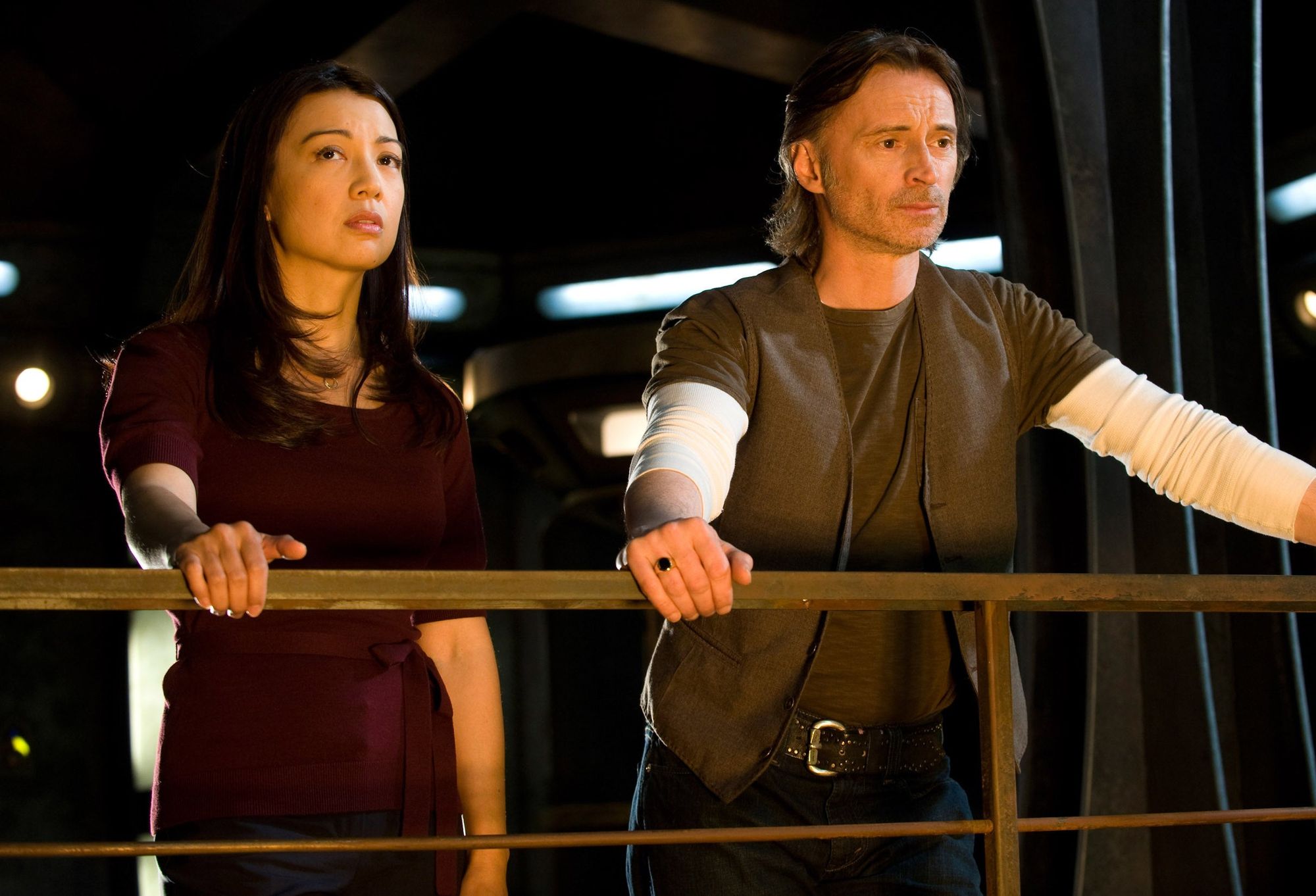
Nowadays, this may not seem like such a big deal. Indeed, queer storytelling has come a long way in the past decade.
But at the time, the “groundbreaking” shows in terms of LGBTQ+ representation were shows like Glee and Modern Family, where the characters’ sexuality was a major plot point and drove much of the drama and story.
Now, don’t get me wrong, I love a story where a gay character comes to terms with their identity or has to come out to their family without knowing how they’d react (as a bisexual man myself, I’ve had to go through both of those things!). But there’s also something refreshing about a story where the queer characters don’t have to fight for their rights or respect of their peers, but can just be part of the story, just like their straight counterparts.
And just like their counterparts, we got to explore a wide range of relatable challenges with this couple. Anxiety, depression, loneliness, despair, hope, and commitment were all themes that Camile and Sharon had to deal with, just like everyone else.
The goal of this article is to celebrate this groundbreaking relationship and applaud the show for taking what, at the time, was a bold step forward for LGBTQ+ storytelling. And, hopefully, we can see how this relationship can and should be used as a model for queer relationships in science fiction going forward.
Why Was Camile Wray’s Personal Life Such a Slow Reveal?
It would have been easy for Camile Wray to become your garden-variety IOA representative, a knock-off of Richard Woolsey (Robert Picardo) or Shen Xiaoyi (Tamlyn Tomita), a caricature to be trotted out when the episode required a little extra conflict.
But the writers were better than that. And as is often the case with Stargate’s gray characters, she developed over the course of the series. One such area of development is her personal life; however, unlike some of the other series leads, it took us five episodes to learn that she has a partner – “Tell Sharon my last thoughts were of her,” in the episode ‘Light’ (S1, Ep5) – and another four before we get a chance to see her on-screen.
So why the wait? The most likely explanation is probably screen time. Not only did Stargate Universe have a lot of exposition and backstory to include in those early episodes, but there were also eight main characters to flesh out.
But let’s think about it from a character perspective. For starters, it could simply be that Camile is a private person. And, for all intents and purposes, Icarus Base and later Destiny are work environments, so she chose to keep her business to herself. This makes sense because, as the crew of Destiny evolves from mere colleagues into family, we see that she becomes more open with them.
This could also be a subtle hint to her sexuality. To understand why this is the case, we have to try and put ourselves back in 2009, which is when the show is set. Although it was only 12 years ago, it seems like a completely different era for LGBTQ+ rights. Gay marriage wasn’t legal in all 50 states, it was (and in many states still is) lawful to fire someone for being LGBTQ+, and Don’t Ask Don’t Tell was still in effect.
While Camile wasn’t a member of the military, she was working on a military base light years away from the nearest civil rights organization, and she probably couldn’t count on many allies there. Keeping her private life private is the most realistic thing that a queer person would have done, given that landscape.
Although this is all just speculation, I think it adds a layer of believability to the character without making her sexuality center stage. And it provides some dramatic tension as we build-up to the introduction of Sharon Walker.

Introducing Sharon Walker in SGU’s ‘Life’
After eight long episodes, we finally get to meet Sharon in the Stargate Universe episode ‘Life’ (S1, Ep9). The tension is palpable when Camile, in the body of a random airwoman, gets out of that car and walks up to her home. However, the apprehension lasts only a few moments, as Sharon quickly realizes that it really is Camile, and they fall into each other’s arms.
What follows is a joyful montage of them kissing, laughing over a glass (or two) of wine, and cooking together. But the best scene, in my opinion, is much more somber. Camile is looking at a drawing of a beach island on the wall, one that she’s been trying to recreate from memory while on Destiny. But as she does, she realizes that she forgot to include the rowboat, a seemingly inconsequential detail in the corner of the drawing.
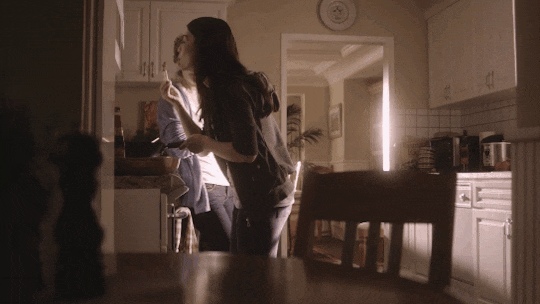
But for her, it’s not just a rowboat. And the drawing isn’t just a drawing. It’s their vision of a life together. By forgetting the rowboat, Camile feels like she’s losing part of herself on board Destiny, and so she breaks down.
These two women know exactly who they are, what they want, and are working hard to get it. And in the end, it takes an alien attack and billions of light-years of separation to throw those plans asunder. I have to say, that’s pretty badass.
Bittersweet Reunion in SGU’s ‘Sabotage’
I can only imagine what that call must have been like. Sharon picking up the phone and hearing that Camile was coming home, except that this time, it’s in the body of a quadriplegic.
In a feat of bold storytelling, the complexities and moral ambiguities of body-swapping using the Ancient communication stones are pushed to a new limit in the Stargate Universe episode ‘Sabotage’ (S1, Ep16). In order to fix Destiny’s engines so she doesn’t run out of power during an intergalactic flight, Camile has to trade bodies with Dr. Amanda Perry (Kathleen Munroe), a brilliant scientist who also happens to be disabled.
Camile is then, albeit temporarily, transported into a quadriplegic body. Although I don’t want to make light of what the experience might be for Amanda to live in that body, it certainly is more difficult for Camile, if for no other reason than the fact that she hasn’t had decades to acclimate herself. That’s probably why she shirks off the IOA and simply heads home.
When we last saw Camile and Sharon together, there was that sense of joy and exuberance upon seeing each other. Here, we get to see another side to their love for each other: the fact that no matter the circumstance or the challenges they face, they’re always there for each other. In our first encounter, we saw their attraction; here, we see their commitment.
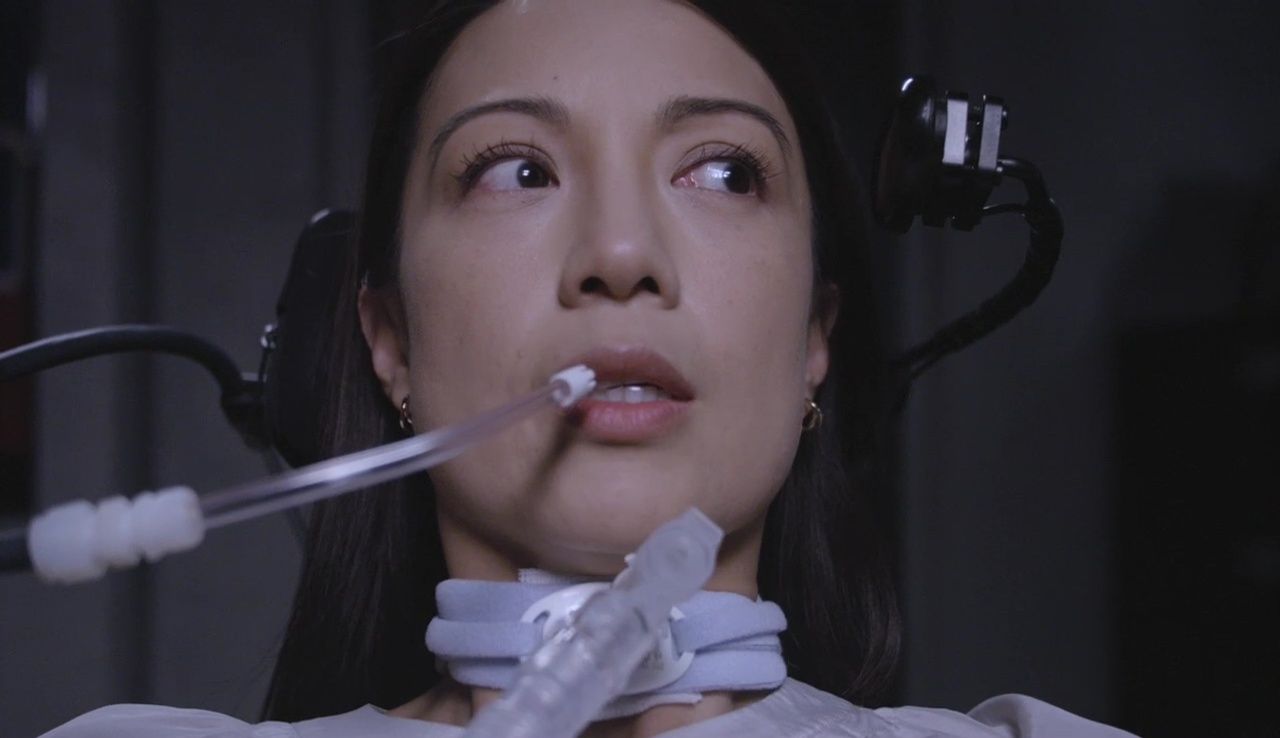
Since this is the D-plot of the episode, we only get a few scenes with them. But there is one important sequence to unpack. The first is one where Camile pushes Sharon to get out of the house (an act of caregiving on her part) so the woman doesn’t go completely insane. However, an innocent mistake leads to her being gone for several hours, and Camile having a panic attack due to her not being there.
Although Camile didn’t go through the same accident that Amanda went through, she still is having to deal with emotional trauma from being in this situation, on top of whatever trauma she experienced by being stranded on Destiny.
Unfortunately, there’s one moment here where Sharon missteps. Upon arriving back and hearing Camile clearly undergoing a panic attack, she shifts the conversation and makes the moment about her, saying, “I know what it’s like to wait for someone to come home.” While that line probably makes thematic sense, it is a little cringe.
And yet, there’s something perfect about that too, in the fact that this relationship is real enough that, yes, cringe comments are going to happen. Once again, I find it more respectful that the characters aren’t given “queer armor,” where everything they say or do is perfect because the writers don’t want to mess with the queer characters. These moments of imperfection make the relationship and story better, not worse.
Hard Times in SGU’s ‘Pathogen’
One of the major themes in Stargate Universe is the long-term effect that being on Destiny has on the psyches of the people involved. This is something that set the show apart from the rest of the franchise and, in my opinion, made it stronger.
But the Season 2 episode ‘Pathogen’ (S2, Ep4) went beyond the impact of Destiny on its crew and started to consider what the impact was on the people left back home.
So when Camile goes home in this episode, things are a little different. There’s no big emotional reunion; things have become a lot more routine. Yet, at the same time, there’s an underlying tension on Sharon’s part, and we start to see clinical signs of anxiety and depression. While she tries to hide it, Camile knows better.
As solid and strong as this relationship is, it’s starting to buckle under the pressure of the situation. And how could it not? These characters are in an impossible situation, and seeing someone through another person’s body can’t be easy at all.
Sharon: I know it’s you, but still…I miss your face, your voice.
Camile: This is hard. Probably worse on you than it is for me.
Camile tries to fix things, telling Sharon that she’s also barely holding it together and that their brief moments together are what keeps her sane. But that doesn’t change how tough this situation is.
It’s at this point that the relationship takes a turn toward a tragic arc. But in a way, that’s part of the beauty of the story, because it’s a queer tragedy that’s not about queerness. It’s simply about two people who love each other and their struggles with the bizarre nature of their trauma.
Letting Go in SGU’S ‘Gauntlet’
Over the course of the series, Stargate Universe dealt with a number of themes. One of which is the tension between the desire to get home, and the desire to explore the universe. This tension is personified by Col. Young (Louis Ferreira), who just wants to get these people home, and Rush, who wants to solve the mystery of Destiny’s mission.
In the Season 2 finale, ‘Gauntlet’ (S2, Ep20), the option of returning home is stripped away from the crew, at least for the short term. With all their power sources in this galaxy cut off from them, the crew makes the bold decision to hop to another galaxy. The catch: it’s a two-year journey, and the crew has to remain in stasis the entire time.
This leads to all of the characters taking time to say their goodbyes, at least for now. It’s here that we get a tragic end to Camile and Sharon’s story. They don’t even get a face-to-face goodbye, but just a phone conversation where, realizing how unfair this whole situation is, Camile decides to let Sharon go.
While we don’t hear Sharon’s side of the conversation, the masterful acting of Ming-Na Wen shows just how difficult it was for her, giving up the one thing that, by her own admission, has been keeping her sane this entire time, because she cares about Sharon’s good over her own.
This is not a new trope by any means. The idea of a character letting their lover go for their own good has been done a million times. But given the setup we’ve had over the past two seasons, plus the sci-fi elements pushing this story to its logical extremes, it’s still heart-wrenching.
It’s not the ending for these characters that I would have wanted. But, like all of the other characters, it forces them to commit to Destiny’s long-term mission, no matter how long it takes, and no matter what the costs are. I just wish we had been able to see how this particular story ended.
Final Thoughts on Camile and Sharon
You know they always say that you know you’ve found the right one if your love persists across alternate timelines.
Okay, they don’t say that. But I think the point stands.
If Camile and Sharon’s relationship can survive multiple timelines and realities, then I think that’s a sign that it’s a pretty damn good one.
Before I give my closing thoughts on this character and relationship, here’s what Ming-Na Wen had to say in a 2012 interview:
“I thought it was really presented in a way where it was just two people in love who really understood each other. There didn’t need to be an explanation. It was just like any other character that they would develop. So I found that to be really refreshing. It wasn’t like an immediate … ‘Oh, there’s a controversy or a debate or an issue about it.’ It was just two people who were in a relationship.”
That, I think, sums up exactly why this relationship works. It’s just two people, struggling with a crazy difficult situation, and trying to love each other through it as best they can. At the end of the day, that’s not just a queer story. That’s a human story.
But more than that, the relationship worked because Camile Wray was a well-rounded character with an insane amount of depth, played by a phenomenal actor.
None of us would have cared about the relationship had the main character at its heart been someone compelling and interesting to us. If Camile remained your garden-variety IOA asshole, then no one would have given two shits about her partner back on Earth.
It was in building a three-dimensional character, who was part of a three-dimensional relationship, that made Camile and Sharon a ‘ship that the fans can certainly be proud to have as part of this franchise.
This article was first published on September 14th, 2021, on the original Companion website.
The cost of your membership has allowed us to mentor new writers and allowed us to reflect the diversity of voices within fandom. None of this is possible without you. Thank you. 🙂





